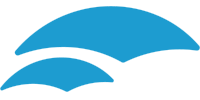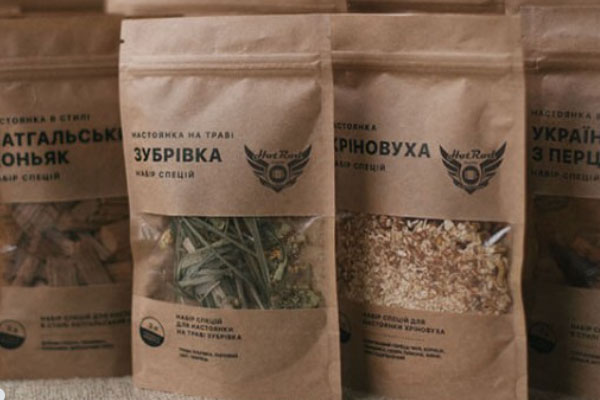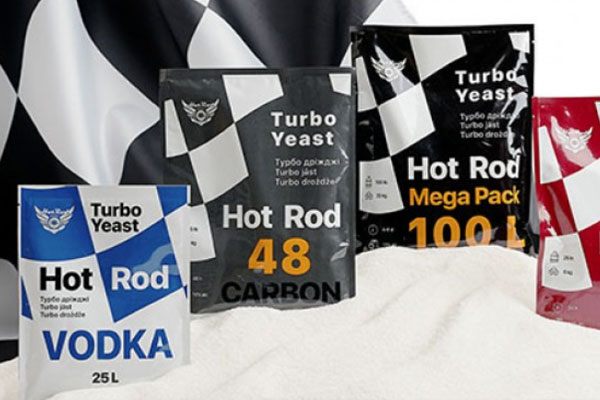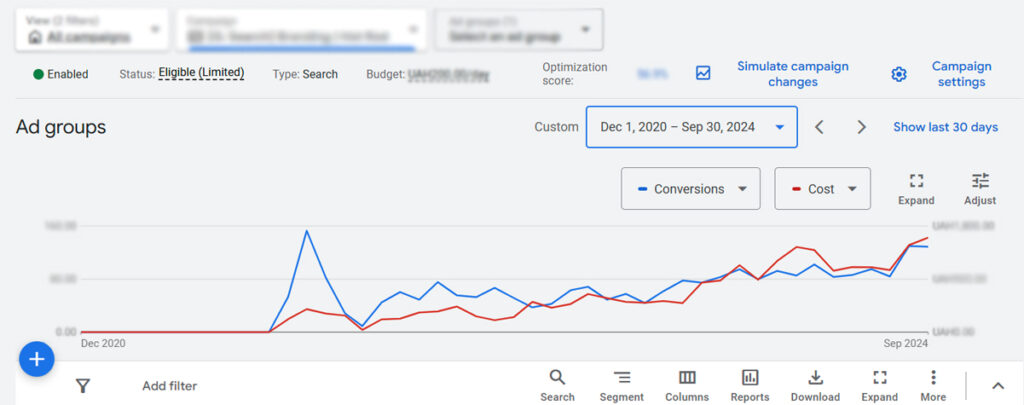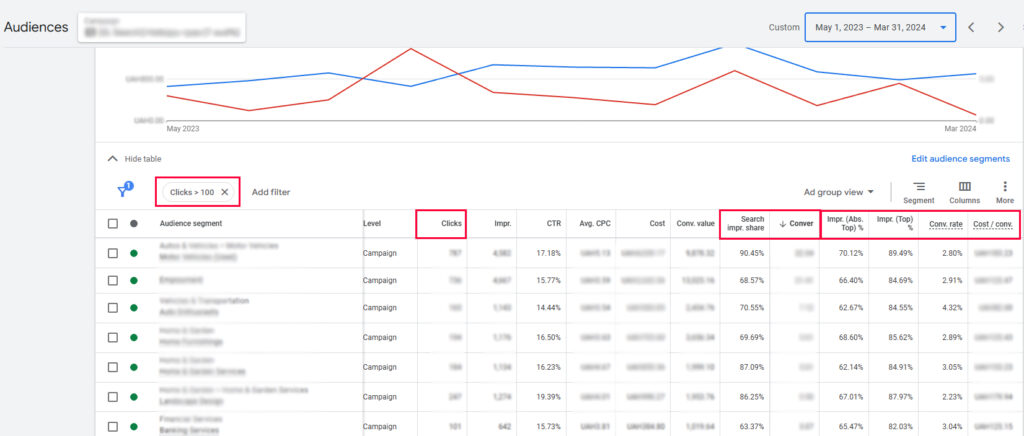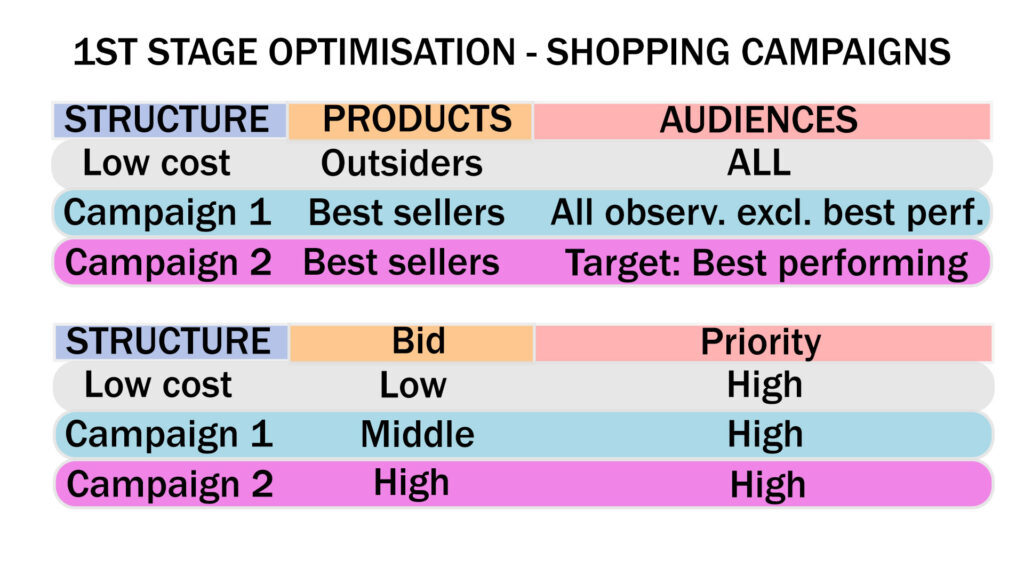Client Overview:
Company specializes in selling alcohol infusions, yeast and distillation equipment, serving a niche market in Ukraine. The business aims to deliver high-quality products while navigating a competitive and highly regulated market.
PART 1 (January)
Project Overview:
- Duration: Over 2 years
- Primary KPIs:
- ROAS of 400% or higher. (w/o Brand campaigns)
- Steady growth in gross revenue.
- Primary Advertising Channel: Google Ads.
- Challenge: Establishing and scaling ad campaigns while adhering to strict Google Ads policies that restrict advertising for alcohol-related products.
Challenges
- Policy Restrictions:
- The product range falls under Google's restricted categories, limiting the ability to collect audiences, use remarketing, or leverage full campaign functionality such as dynamic remarketing.
- Product descriptions require the use of restricted terms (e.g., “alcohol” and “distillation equipment”), as Hot-Rod.com.ua is an official distributor.
- No Alternative Sites:
- The inability to create a secondary website for workarounds meant campaigns had to comply strictly with policy.
- Limited Data for Automation:
- Performance Max campaigns were constrained due to the lack of customer data, either from website audiences or uploaded datasets.
Strategic and Tactical Actions
- Focus on High-Impact Campaign Types:
- Prioritized Search and Standard Shopping campaigns over automation-dependent campaigns like Performance Max.
- Audience Segmentation:
- Separated product categories by ROAS potential:
- Equipment | Infusions.
- Best-sellers vs. other products.
- Separated product categories by ROAS potential:
- Bid Management:
- Utilized manual bidding strategies with bid adjustments based on audience segments and performance metrics.
- Seasonal Adjustments:
- Adapted product focus to seasonal trends (e.g., glühwein spices during winter holidays).
- Keyword and Audience Refinement:
- Conducted continuous optimization of negative keyword lists to exclude irrelevant or non-converting traffic.
- Regularly updated seasonal interest-based audiences.
Key Optimization Metrics
- Impression share and top-of-page impression share.
- Audience engagement: Events per user, session duration, bounce rate.
- Conversion rate and total conversions.
- Seasonal performance analysis: Revenue trends for specific products during high-demand periods.
Use Search Impr. Share to identify audiences with growth potential.
Use Impr. (Abs. Top) % and Impr. (Top) % to improve visibility and the quality of engagement with these audiences.
Tools and Resources
- Analytics: GA4 and Universal Analytics for insights on buyer behavior (purchase timing, regions, interests).
- Google Ads Keyword Planner: Identified and refined high-potential search terms.
- Website Analytics: Monitored geographic trends and conversion behaviors
- Visualisation: Looker studio
Results
- Consistent ROAS Performance: Maintained a ROAS of over 400% for the entire campaign duration, with peaks of up to 800% during seasonal periods.
- Revenue Growth: Achieved steady growth in gross revenue despite policy limitations.
- Cross-Channel Integration: Enhanced performance through email marketing campaigns, which complemented Google Ads efforts and maximized customer engagement during peak seasons.
Lessons Learned
- Precision is Key: Careful segmentation of products and audiences allows for more predictable performance even in highly restricted categories.
- Seasonality Matters: Leveraging seasonal trends can significantly boost campaign results.
- Continuous Optimization: Frequent updates to audience lists, keyword targeting, and negative keywords are essential for success in restricted industries.
PART 2 (April - August)
The business owners reached out after a long pause in their advertising efforts. Their main request was to update the account setup, perform a comprehensive audit, and identify opportunities for growth and optimization.
Audit Findings
A significant portion of the budget was being spent on irrelevant and outdated search queries. These were excluded using negative keywords.
The majority of demand was concentrated on the top 20 best-selling products, while the remaining items generated little to no return. This diluted the advertising budget, spreading it thin without driving profitable sales or sustainable ROAS.
Optimization Strategy
To address these inefficiencies, I restructured the campaigns into three logical groups:
High-Demand Products + High-Performing Audiences
Included only the top-performing products.
Added audiences with the best conversion and ROAS metrics as targeting (not just observation).
High-Demand Products + Broader Audiences
Same top products, but with audiences in observation mode to collect more data.
Allowed testing of potential new audiences without risking budget efficiency.
Low-Demand Products
All other products outside the top 20.
Set minimum CPC bids to stay in the auction but avoid overspending on low-converting inventory.
Results
This new structure optimized budget allocation, concentrated spend on the most profitable items, and ensured testing continued in a controlled way. As a result, ROAS improved significantly — rising from 475% (April) to 600%.(May-June)
Second Optimization Stage
After stabilizing the account performance with the new campaign structure, I introduced an additional campaign to further refine traffic quality.
This campaign also focused on top-selling products, but with an important adjustment:
I applied a negative keyword list containing high-converting search queries.
This allowed me to separate valuable, purchase-intent traffic from broader, less effective queries.
To strengthen control, I implemented shopping campaign priorities. This setup ensured that traffic from high-converting queries was funneled into the right campaign, maximizing efficiency.
Impact
This step allowed for more accurate traffic segmentation, ensuring that the budget was directed toward users most likely to convert. As a result, the account achieved even greater efficiency and improved ROAS beyond the first optimization stage.
Results: ROAS from 600 to 700% (calcualted w/o Brand campaigns)
